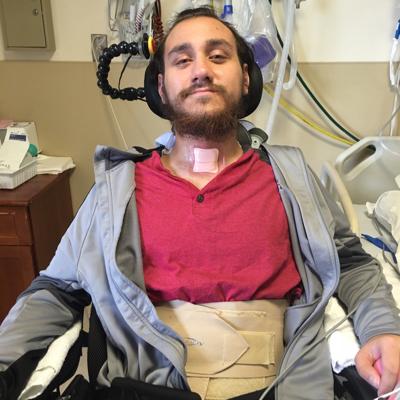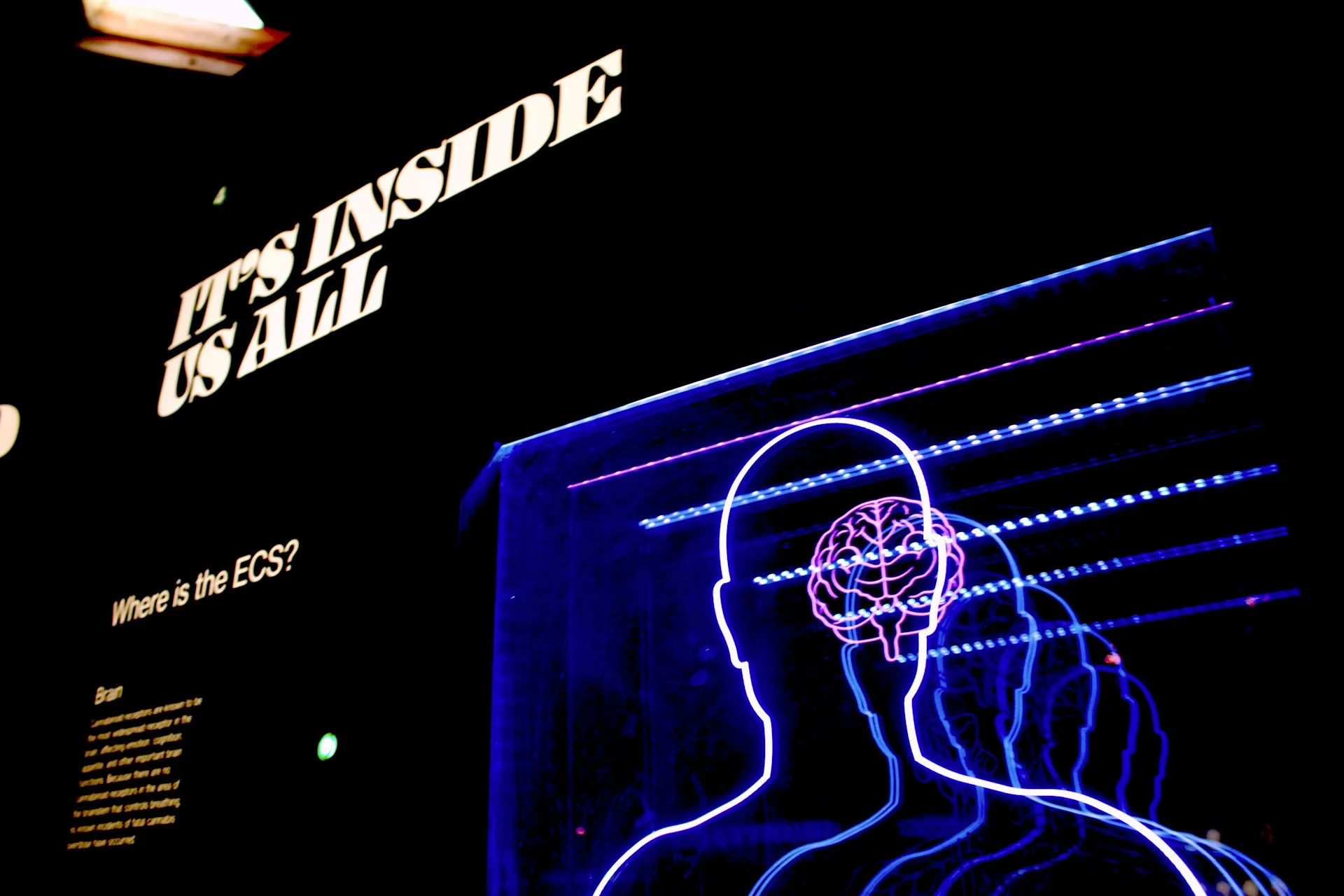Setbacks in Data Capture
The ambitious pursuit of merging human brains with artificial intelligence took a significant leap forward with first human implant of Neuralink in Noland Arbaugh. However, amidst the anticipation of groundbreaking achievements, unforeseen obstacles emerged, casting a shadow over the initial success.
The implantation of Neuralink’s device, known as the N1, aimed to revolutionize the field of brain-computer interface technology. With its compact design, housing a processing chip, battery, and communication components, the N1 promised to decode neural signals and translate them into actionable commands.
Yet, shortly after the procedure on January 28, concerns arose as the amount of data captured from the device began to decline.
Thread Retraction and Data Loss of Neuralink

Investigations revealed that a critical issue plagued the implant. Threads inserted into Arbaugh’s brain, each thinner than a human hair and equipped with electrodes, had unexpectedly retracted, leading to a loss of data transmission.
While Neuralink refrained from disclosing the precise cause behind this setback, speculation pointed to a condition called pneumocephalus, wherein air becomes trapped inside the skull post-surgery. This phenomenon, though not posing an immediate risk to Arbaugh’s safety, raised concerns about the efficacy and longevity of the implant.
Patient Safety Considerations
In light of the complications, discussions surfaced regarding the possibility of “explantation,” the removal of the implanted device. Such deliberations underscored Neuralink’s unwavering commitment to patient safety, prioritizing Arbaugh’s well-being amidst technical challenges.
As the company grappled with the intricacies of thread retraction and data loss, ensuring the integrity of future implants remained paramount.
Neuralink Technical Adaptations and Demonstrations
Undeterred by setbacks, Neuralink embarked on a journey of technical adaptations and innovations. Modifying algorithms to mitigate data loss, engineers and researchers sought to optimize Arbaugh’s control abilities, striving to restore functionality and enhance user experience.
Despite the hurdles encountered, Neuralink orchestrated live demonstrations, showcasing Arbaugh’s remarkable capabilities. From playing computer chess to navigating digital interfaces with precision, these demonstrations exemplified the transformative potential of brain-computer interface technology.
Regulatory Roadblocks and Future Outlook of Neuralink Implant
While navigated technical challenges, regulatory considerations loomed large on the horizon. Engaging with the Food and Drug Administration (FDA), the company pursued approvals for fixes and enhancements to the N1 implant.
With plans to implant the device in additional patients pending a safety review, Neuralink aimed to overcome regulatory roadblocks and expand the frontiers of neuroscience.
In the quest to merge human minds with artificial intelligence, Neuralink’s pioneering efforts exemplify both the promise and the pitfalls of cutting-edge technology.
As the company navigates the complexities of brain-computer interface development, it remains steadfast in its mission to unlock the full potential of the human brain, one implant at a time.
More News: Tech News


